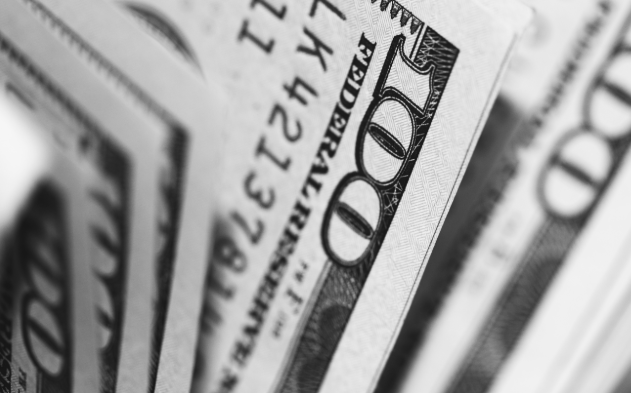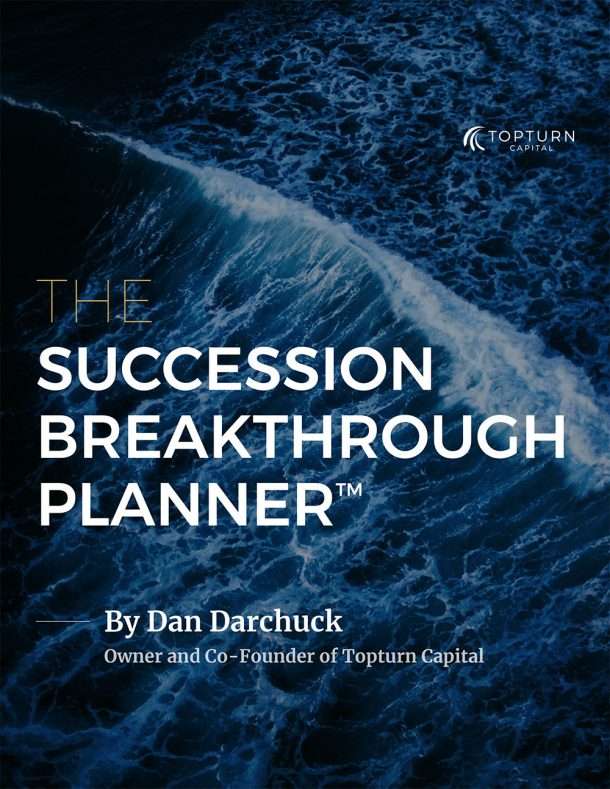The first nine months of 2019 were incredibly strong. In fact, it’s been one of the strongest first-nine-month periods in decades. By mid-October, as I sat down to develop this article, the S&P 500 was up over 18%. It’s been a great year (to date).
Yet, money continues to flow out of equities, and into bonds – and cash. This outward flow of funds has been a trend since Q4 2018, when we experienced a significant pullback in the market.
Cash came out hard when the market was performing negatively, and hasn’t returned. Yet, the markets have come back with a vengeance. What is driving this behavior?
Fear.
Investment decisions are being made against investors’ own best interests, and emotions are sitting in the driver’s seat. A quick downturn caused pained, and protective behavior followed, ensuring that the hurt was solidified, and continued for three full quarters afterward – even though prolonging the pain wasn’t necessary.
Despite positive returns and a healthy market, many investors remain on the sidelines, with their arms wrapped protectively around their cash, treasury bills, and bonds. News headlines continue to stoke further, different fears, that make it even more difficult to wade back into equities.
Given that we’ve already experienced a correction, and a swift recovery, what fears are driving those investors who can’t bring themselves to participate?
There are many, but one we hear about a lot lately is the possibility of hyperinflation. Hyperinflation is very high, and typically accelerating inflation, which erodes the value of the dollar, and increases the price of everything. It effectively wipes out the purchasing power of private and public savings. It distorts the economy, with people hoarding real assets. It causes the money base, the people who still have any, to flee the country, and ends investment.
For current worriers, the concern is the rate at which the federal reserve continues to print money. Is the action of printing money alone enough to trigger hyperinflation? What if it is combined with deficit spending, currently at an all-time high?
A little history…
In the 1920s, after World War I, Germany experienced exactly that. Between the damage the war had inflicted on resources, which were redirected for military use, allied troops occupation of Germany’s manufacturing base, and the requirement to pay reparations to the allies, the country was in serious financial disarray.
Germany’s plan at the time to cover the costs of rebuilding and reparations (which were paid in gold, rather than German marks) was to use their exports to create a surplus. However, their productive capacity – their ability to actually create anything for the purpose of export – was damaged. They couldn’t even make enough goods for their own people, much less create a surplus for sale. They had to import goods from outside the country to keep their own people going. They were in a serious trade imbalance with the rest of the world.
This led to the devaluing of German currency. What was the mark actually worth if the country couldn’t produce anything? Not much, as it turned out. As the value of the currency reduced, importers refused to be paid in German marks, demanding their own currency, gold, or the U.S. dollar.
Germany continued to print money but only other Germans would accept it. It was used to pay people’s wages, and to fill the massive hole of debt that their economic situation was creating. This shock and ongoing decline created a spiral that caused the currency to devalue so fast it became essentially worthless – to the point that they were printing 1,000,000 mark banknotes… which were barely worth the paper they were printed on.
Historical periods of hyperinflation around the world have not, despite what many have come to believe, been the direct result of a monetary policy of deficit spending and currency printing. If this were true, Japan, which is currently significantly over-levered, would have been in a state of hyperinflation for some time. They are twice as indebted, from a debt-to-GDP ratio standpoint, as the U.S., and are more concerned about deflation than hyperinflation.
Whether it was Germany, Hungary, and Austria in the 1920s, China in the 1940s, Bolivia in the 1980s (which experienced an annual inflation rate of 20,000% in 1985), Brazil, Yugoslavia and the country of Georgia in the 1990s, not one episode of hyperinflation was caused by deficit spending or the printing of excess cash.
While both of these actions often occur after hyperinflation has started, and they sometimes exponentially increase the problem, it’s a response to the downward spiral rather than the cause.
The true causes of hyperinflation are:
-
A large supply shock. In Germany’s case, they simply couldn’t manufacture enough goods, or grow enough food, to take care of their own people, let alone create a surplus to sell to the rest of the world.
-
A big debt, denominated in a foreign currency. For example, Zimbabwe began a descent into hyperinflation when a drought impacted their agricultural sector. Land reallocation after that, to owners who ended up not being productive farmers further reduced their capacity. Farming output fell by 50%. Mineral exports fell by 50%. Manufacturing fell by 29% – and kept falling. Zimbabwe ended up with 80% unemployment and started defaulting on their debt. Their creditors refused to take Zimbabwe currency. Zimbabwe was forced to import enough food for their own people, and took on further debt in, foreign currency, to pay for it. People fled, decreasing the tax base, and increasing the deficit. The 100 trillion Zimbabwe note was introduced – and no one wanted it.
Imagine a situation where the U.S.’s largest exports – machinery and computers, mineral fuels, aircraft, vehicles – suddenly were no longer desirable to the rest of the world. The other countries all decided they’d do their shopping somewhere else. What would happen?
First, you’d have a run on the U.S. dollar. The value of the dollar is based on a country’s productive capacity – its ability to produce goods for itself and others in an efficient and cost-effective way – and its ability to tax its constituents on their earnings. If the “store” that our country runs was suddenly empty, and those shoppers took their euros and yuans somewhere else, the people who hold U.S. dollars would start exchanging them for a currency at a more popular store.
This would create pressure on the government to spend money to keep the store open and the people busy with work. The increased spending, combined with the drop in GDP – that productive capacity – would create the spiraling economic disaster that is hyperinflation.
Deficit spending is not the root cause – on its own, deficit spending can and does occur in a healthy economy. The reality is that the situation our country is in is an entirely different animal. The U.S. dollar is the world’s reserve currency – all our debts are denominated in the dollars we print right here at home. Our productive capacity is enormous, and our trading goods are desired around the world. Our economy is stable, and even with our very large debts, we have strong credit, and are relied upon to pay our debts on time. Could you say the same for eastern Europen countries, Russia, or Greece?
The strength of the U.S. economy and the stability of our inflation is not, and will not be, based on whether a deal is finally reached with China. It’s not going to be impacted by whether Trump is impeached. It won’t be if we raise or lower interest rates, or print more cash to pay our debts.
The strength of our economy is based on our productive capacity – our ability to supply our own people with necessary goods and produce a surplus that we can sell to other countries. As long as they want those goods, and they’ll pay for them in U.S. dollars, we remain in a powerful position, with hyperinflation nowhere on the horizon.
~ Greg Stewart, CIO


